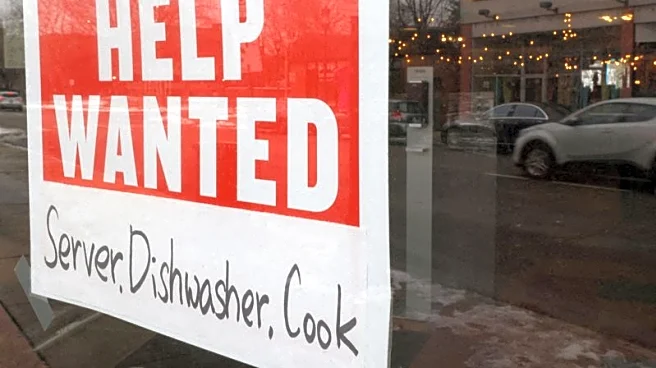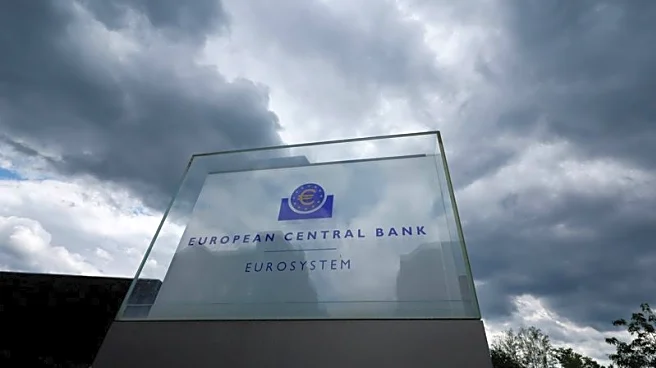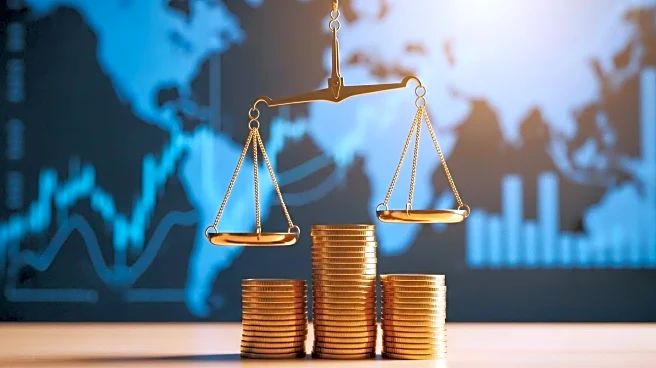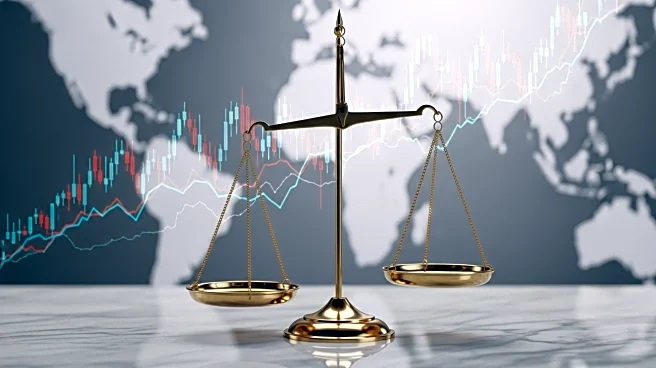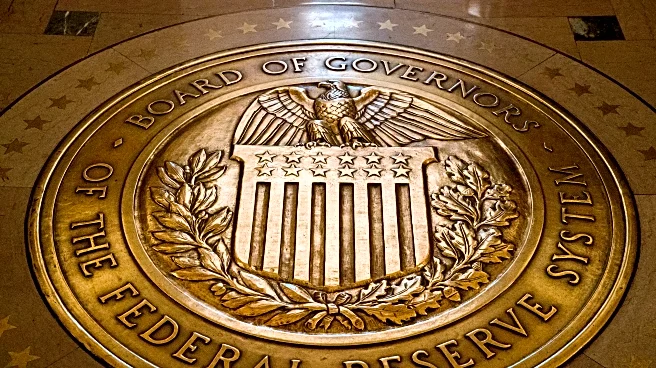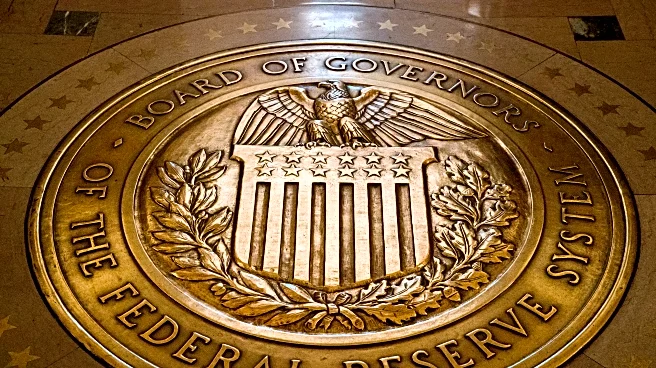By Howard Schneider
WASHINGTON (Reuters) -Job growth over the last three months has hit one of the weakest patches, outside the pandemic, since the U.S. economy was limping to recover from the 2007 to 2009 financial crisis and recession.
Yet the unemployment rate is the same as it was a year ago at 4.2%, around Federal Reserve estimates of full employment. Wage growth of roughly 4% annually is enough to keep workers ahead of inflation but not so much it raises inflation concerns.
Fed officials weighing
a possible rate cut at their September meeting will have to decide which set of competing facts send the strongest signal about the future of the U.S. job market, with a potentially pivotal report on Friday showing whether weak job growth continued for a fourth month in August, or rebounded in a sign that the labor market remains healthy.
If recent months offer a clue, the answer may remain in the eye of the beholder among policymakers split between those who feel the job market could be at the brink of breaking, and those who see the current situation as harder to read given continued wage growth and a dip in the supply of workers that may make slower monthly job growth the new normal.
Job gains have averaged just 35,000 over the last three months, a figure that may have raised alarm about rising unemployment in prior years, but is closer to a "breakeven" level that is estimated to have fallen well under 100,000 due to deportations and tighter immigration.
The current breakeven level of job creation "is really hard to determine," New York Fed president John Williams said on CNBC last week, adding that he had started looking at indicators like wage growth for signs of overall job market health and felt it was still "consistent with a solid labor market and inflation coming towards our 2% goal."
"We're seeing a labor market that largely reflects a slowdown in the pace of hiring, and a kind of a reluctance to let go of workers. But the question is, is that a stable equilibrium, or is it basically a truck stop on the way to something else?" said Nela Richardson, chief economist with payroll processor ADP, "That truck stop on the way to something else could be higher employment growth if the consumer stays reliable, but if there are cracks in consumer spending, I think you're going to see a slowdown in momentum...We're at an inflection point."
The Fed meets on Sept. 16-17, with markets putting a high probability on a quarter-percentage point rate cut, an expectation set against a backdrop of White House pressure for lower interest rates from President Donald Trump. While Fed policymakers say that any given decision at any given meeting typically doesn't matter much in a $30 trillion economy, September has taken on symbolic importance as a referendum on whether the Fed is ready to look beyond concerns about Trump administration policies boosting inflation, and begin lowering interest rates towards a more neutral level - a destination they had in view up until December.
The benchmark rate has been held in a range of 4.25% to 4.5% since then, with the median Fed policymaker estimating the neutral rate at around 3%.
Recent data has not been led policymakers to set aside inflation concerns altogether.
The "pass through" from rising tariffs to consumer prices has been more modest than initially expected. But there has been little recent progress back towards the Fed's 2% inflation target; some services industries are showing rising prices at a moment when policymakers hoped inflation would be confined to goods. The continued rise in equity markets and sustained consumer spending have led some officials to argue monetary policy isn't leaning against the economy all that much.
While Powell opened the door to lower borrowing costs in recent remarks at the Fed's Jackson Hole conference, noting a "base case" that tariffs would cause only a one-time boost to inflation, he also pledged that "come what may, we will not allow a one-time increase in the price level to become an ongoing inflation problem."
The Fed will receive a final round of inflation data on Sept. 11, covering the month of August, in time for officials to build that into updated quarterly projections on the economy issued at the end of the September meeting.
Still, Powell noted increased risks around the job market "may warrant adjusting our policy stance."
Despite the expectations building around a rate cut, the debate is likely to be intense unless the final inflation and jobs reports offer a consistent picture.
Officials are scouring beyond headline data like the unemployment rate to consider, for example, whether the fact average hours worked hasn't fallen boosts the impression of a healthy job market, since firms typically cut hours before cutting workers.
The hiring rate has fallen - a possible precursor to rising unemployment. But if the labor supply is falling as well that's to be expected, producing what Powell called a "curious kind of balance" in the job market. Other measures, such as an index of how frequently workers move between jobs produced by the Philadelphia Federal Reserve bank, looks roughly like it did before the pandemic; job postings, on the other hand, which soared during the pandemic, have been marching steadily lower, according to Chmura Analytics JobsEQ.
With data supporting different narratives, policymakers are left to mull what risks they most want to insure against.
In a Reuters interview , St. Louis Fed president Alberto Musalem, for example, said inflation remained front and center, with prices rising faster than the Fed wants and job market risks increased but not yet realized.
Others have noted that it would likely be easier for the Fed to act against signs of persistent inflation than to rebuild the job market if it fails.
In comments last week Fed Governor Chris Waller, who wanted to cut rates in July and dissented against the decision not to, said delay was getting riskier.
"Labor demand may be on the edge of a sharp decline," Waller said, referring to internal staff estimates of recent job dynamics. The Fed "should not wait until the labor market deteriorates before we cut the policy rate."
